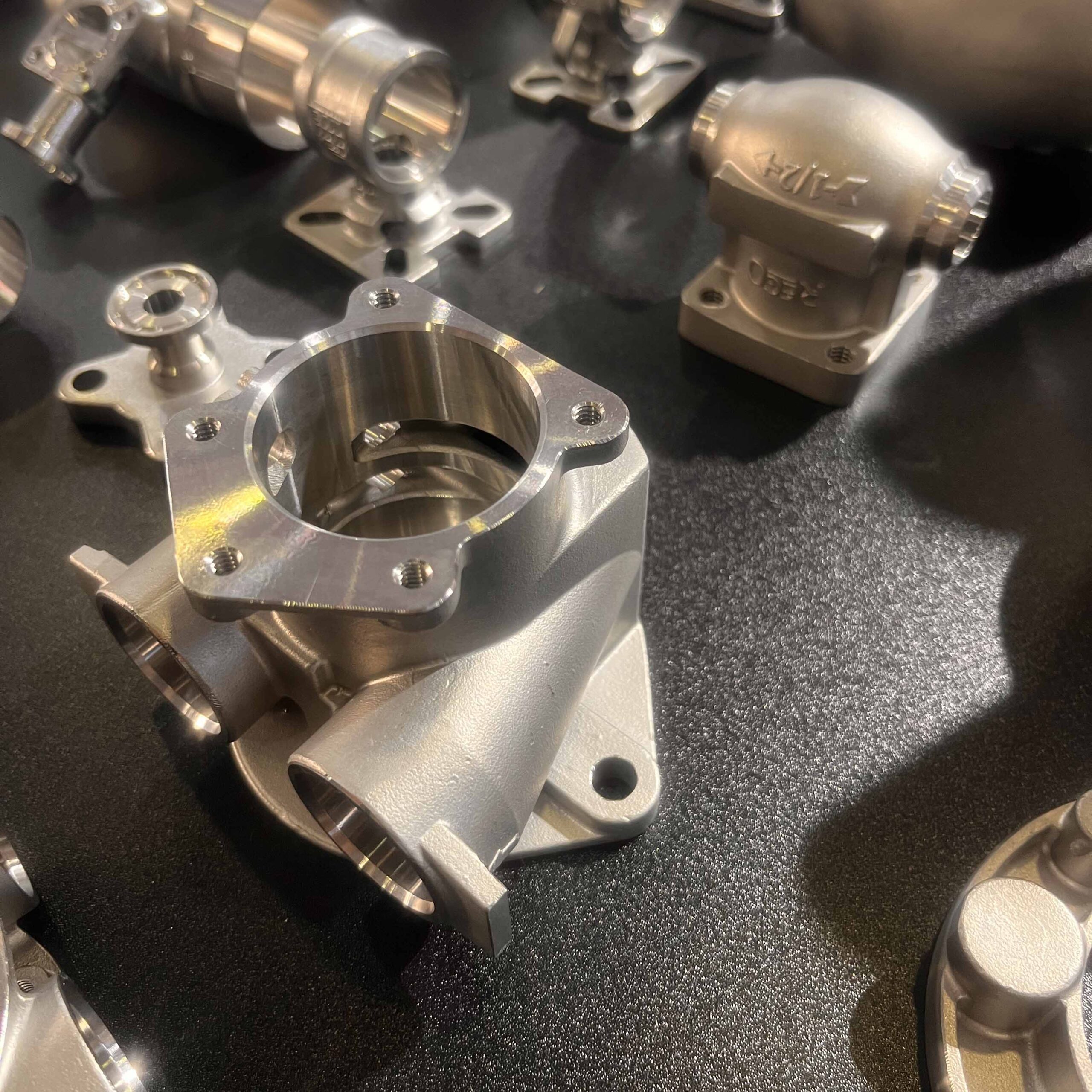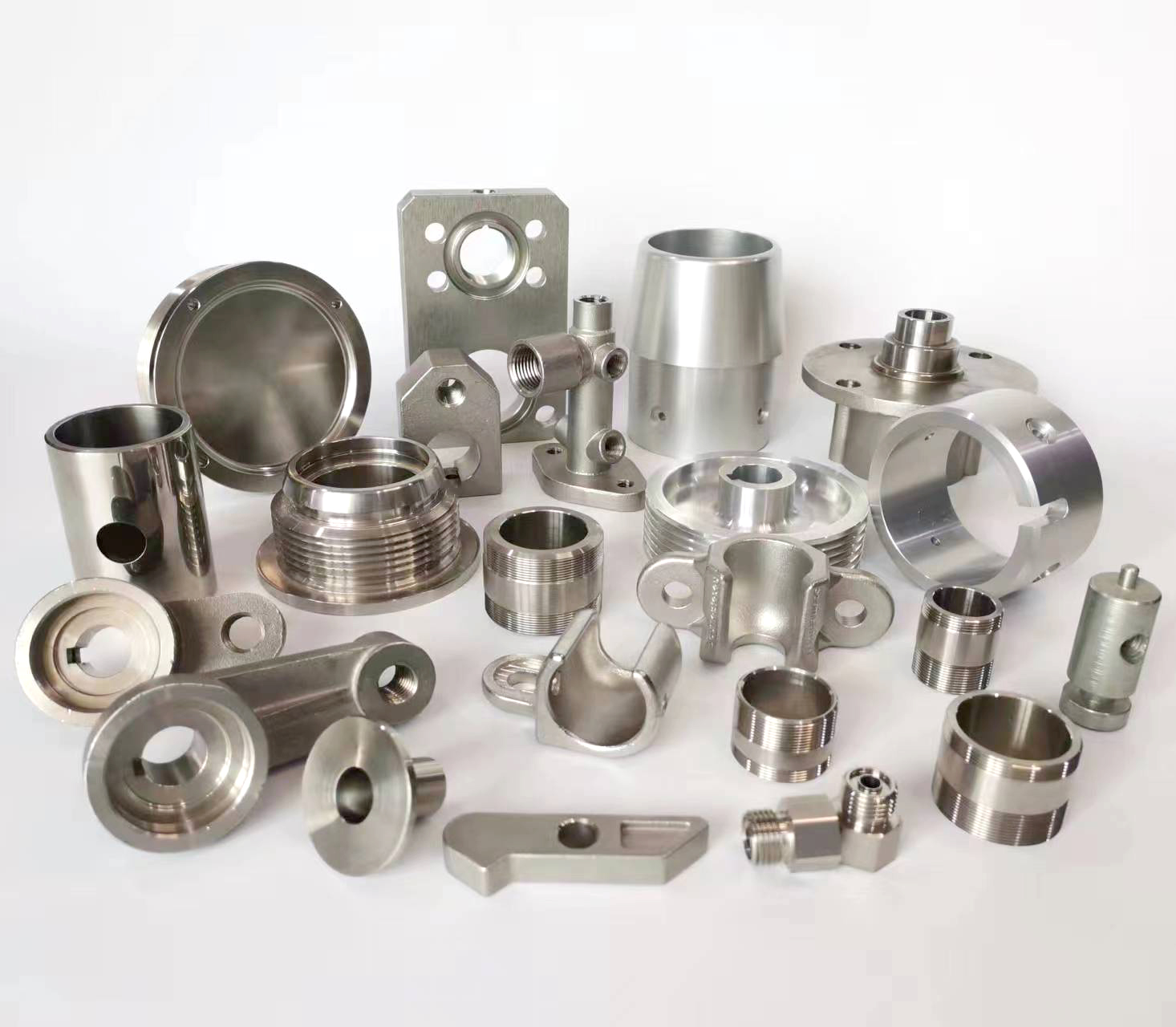
Key Points for Metal Parts Repair: A Comprehensive Guide
Metal part repair is a critical skill in manufacturing, automotive, aerospace, and maintenance industries. A successful repair restores not just the geometry but also the structural integrity, function, and often the appearance of the component. Here are the essential points to consider.
1. Initial Assessment and Diagnosis
Identify the Base Metal: Determine the exact type of metal (e.g., mild steel, stainless steel, cast iron, aluminum, copper alloy). This is the single most important step, as it dictates all subsequent choices of repair method, filler material, and technique. Use spark tests, magnets, or professional spectroscopy if necessary.
Evaluate the Damage:
Type: Is it a crack, break, wear, corrosion, or a damaged thread?
Extent: Measure the size, depth, and length of the damage.
Location: Is the damage on a high-stress area, a critical load-bearing section, or near a heat-affected zone from a previous weld?
Determine the Cause: Understand why the failure occurred (e.g., fatigue, overload, impact, abrasion, corrosion). Repairing the symptom without addressing the root cause will lead to recurring failure.
Feasibility Decision: Decide if the part is worth repairing based on cost, availability of a replacement, and sentimental or historical value. Some critically damaged or heat-treated parts may be unsafe to repair.
2. Safety Preparation
Personal Protective Equipment (PPE): Always wear appropriate PPE: safety glasses, welding helmet with correct shade, flame-resistant clothing, welding gloves, and respiratory protection for fumes.
Workspace Safety: Ensure the area is well-ventilated, free of flammable materials, and has a fire extinguisher nearby.
Part Preparation: For repairs involving heat (welding, brazing), ensure any flammable fluids (fuel, oil, hydraulic fluid) are thoroughly removed from the part. This often requires degreasing and, in some cases, steam cleaning.
3. Preparation and Cleaning (The Most Crucial Step for Success)
Cleaning: Remove all contaminants: paint, grease, oil, dirt, rust, and moisture. Use solvents, degreasers, wire brushes, or grinding. Contaminants lead to porosity, lack of fusion, and weak repairs.
Crack Preparation:
For cracks: You must drill stop-holes at both ends of the crack to prevent it from propagating further during the repair process.
Grooving: For thick materials, grind or machine a V-groove (or U-groove) along the entire length of the crack. This ensures proper penetration and access for the filler material to the root of the crack.
Removal of Damaged Material: Grind out all fatigued, cracked, or corroded material until you reach sound, clean base metal.
4. Selection of Repair Method and Filler Material
Choose the method based on the base metal, type of damage, and required strength.
Welding:
SMAW (Stick): Versatile, good for thick sections and dirty/rusty metal outdoors. Requires skill.
GMAW (MIG): Fast, good for thin to thick metals. Requires a clean surface and shielding gas.
GTAW (TIG): Offers the highest precision and control. Excellent for thin metals, non-ferrous metals (Al, Ti, Mg), and high-quality repairs where appearance matters.
Filler Material: Must match the base metal’s composition and mechanical properties (e.g., ER70S-6 for mild steel, ER308L for 304 stainless steel, 4043 filler for 6061 aluminum).
Brazing and Soldering:
Used for joining metals without melting the base metals. A filler metal with a lower melting point is drawn into the gap by capillary action.
Brazing: Stronger than soldering, uses brass, silver, or bronze fillers. Good for dissimilar metals and complex assemblies.
Soldering: Uses tin/lead or lead-free alloys. Lower strength, used primarily for electrical connections, seals, and low-stress applications.
Cold Repair Methods (No Heat):
Adhesive Bonding: Using high-strength epoxies or anaerobic adhesives for thread-locking, retaining, or sealing. Ideal for low-stress applications or where heat distortion is a concern.
Mechanical Repair: Using inserts (e.g., Heli-Coil® for stripped threads), patches, pins, or splines.
Metal Stitching/Pinning: A specialized, cold process for repairing large cast iron components where welding is difficult due to carbon content and risk of cracking.
5. Execution of the Repair
Heat Control:
Preheating: Essential for cast iron and high-carbon steels to prevent thermal shock and cracking. Heat the entire area slowly and evenly to a specific temperature (e.g., 500-1200°F / 260-650°C for cast iron).
Interpass Temperature: Control the temperature between weld passes to avoid overheating.
Post-Weld Heat Treatment (PWHT): Stress relieving may be necessary for critical components to restore toughness and reduce residual stresses.
Technique:
Use the correct amperage, voltage, and travel speed.
Use tack welds to hold the repair in place and minimize distortion.
Employ peening (lightly hammering the weld bead) on certain materials like cast iron to relieve stress, though this must be done with care.
Distortion Management: Use clamps, jigs, and a strategic weld sequence (e.g., back-step sequence) to minimize warping and distortion.
6. Post-Repair Finishing and Inspection
Cleaning: Remove slag, spatter, and flux residue.
Finishing: Grind or machine the repair flush with the original surface contour.
Non-Destructive Testing (NDT): For critical components, inspect the repair for hidden defects.
Dye Penetrant Inspection (DPI): Finds surface cracks.
Magnetic Particle Inspection (MPI): Finds surface and near-surface flaws in ferromagnetic metals.
Ultrasonic or X-Ray Testing: Finds internal voids, porosity, or lack of fusion.
Final Validation: Check dimensions, pressure test, or perform a load test to ensure the repair meets the functional requirements.
Summary Table of Common Metals
| Metal Type | Key Challenge | Recommended Method | Critical Point |
| Mild Steel | Minimal. Most straightforward. | All welding methods. | Match filler strength. Control distortion. |
| Stainless Steel | Weld decay (sensitization). | GTAW (TIG), GMAW (MIG). | Use low-carbon filler (e.g., 316L). Control heat input. |
| Cast Iron | High carbon content -> cracking. | SMAW with Ni-Rod, Brazing. | Must preheat. Must cool very slowly (pack in insulating lime). |
| Aluminum | High thermal conductivity, oxide layer. | GTAW (TIG) or GMAW (MIG) with AC. | Thorough cleaning, use dedicated stainless steel wire brush. |
| Copper & Alloys | High thermal conductivity. | GTAW (TIG), Brazing. | High preheat often required. |
By meticulously following these points—from accurate diagnosis and impeccable preparation to selecting the right process and conducting proper post-repair inspection—you can achieve a durable, reliable, and safe repair for almost any metal component.





